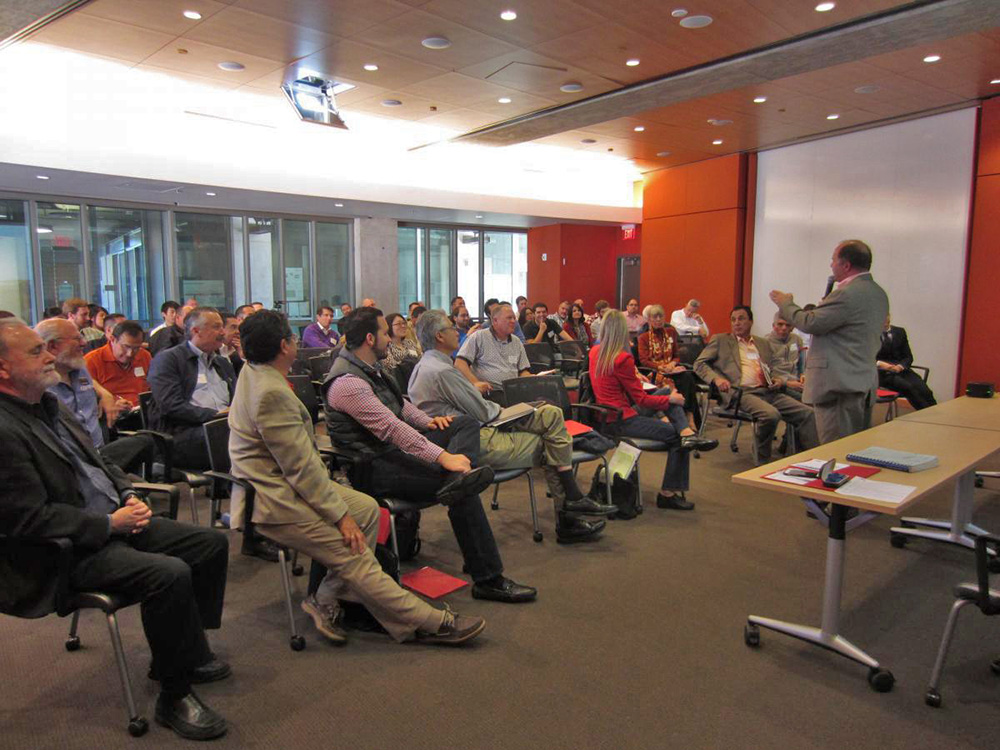Approximately five million people call the San Diego-Tijuana metropolitan areas home. Their complex and dynamic economies create a cross-border community that has independent economic and political structures. The seismic risk associated with this part of Southern California has been known for a long time. In 1990, the California Geological Survey developed a planning scenario based on an earthquake happening somewhere along the Rose Canyon Fault. Such fault could trigger a seismic event up to magnitude Mw 7.2 with devastating results.
In 2014, a group of engineers and scientists in San Diego started conversations about a new, comprehensive earthquake scenario that would cover the economically vibrant region of San Diego-Tijuana.
Earthquake Planning Scenarios
Earthquake scenarios are used as a planning and communication tool not only by the major stakeholders but communities at large. They have been successfully developed in different regions of the country, including Seattle.
These types of regional earthquake scenario planning efforts go a long way to helping us collectively communicate our regional earthquake risks to not only the public, but also to stakeholders that help us fund seismic safety improvements to our facilities and infrastructure.
This type of work is truly a collaborative effort between engineers, architects, seismologists, economists, emergency managers, and public officials in transportation, port, rail, education, housing, and public works. The project is being spearheaded by Dr. Lelli Van Den Einde, a professor at University of California San Diego (UCSD).
What’s Been Done & What’s to Come
The number of public and private organizations that are and will be participating is staggering: UCSD, Naval Facilities Engineering Command (NAVFAC), San Diego Gas & Electric (SDGE), California Department of Transportation (CALTRANS), City and County of San Diego, Port of San Diego, San Diego Association of Governments (SANDAG), AT&T, San Diego school districts, area hospitals, police and fire, and FEMA.
A series of workshops have been held, and three work groups have been formed. One of the groups will look at seismology and earth science issues, a second will look into infrastructure and building inventories, and the third will develop social, economic and political issues. The steering committee is currently seeking funding from multiple sources to pay for specific portions of the project even though the majority of the project will be performed by volunteers.
Reid Middleton’s Director of Structural Engineering, Dave Swanson, and I serve on the steering committee. Dave participated in the 2005 EERI Seattle Fault Scenario and has conducted post-earthquake reconnaissance around the world .
The outcome of the San Diego Earthquake Scenario project will be a highly illustrated written report and a series of vivid technical briefings on the impacts of the scenario earthquake on our region. The results of this particular earthquake scenario event will be studied extensively by our expert engineering, architecture, seismology, academic, emergency management, and stakeholder communities to further the resilience of this community. We will not only study building, bridge and infrastructure impacts of the earthquake scenario, but more importantly, the economic and societal impacts that it will have on our community and region.
Dave and I will remain involved in the San Diego-Tijuana scenario, collaborating with many colleagues from Southern California on technical activities but also guiding and steering the efforts on how to make the best use of the information developed.
To find out more about the San Diego/Tijuana scenario, please visit EERI’s website

